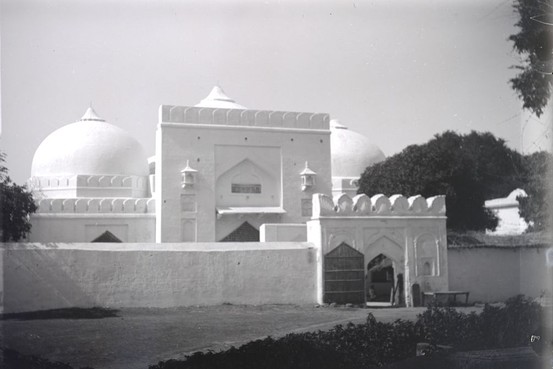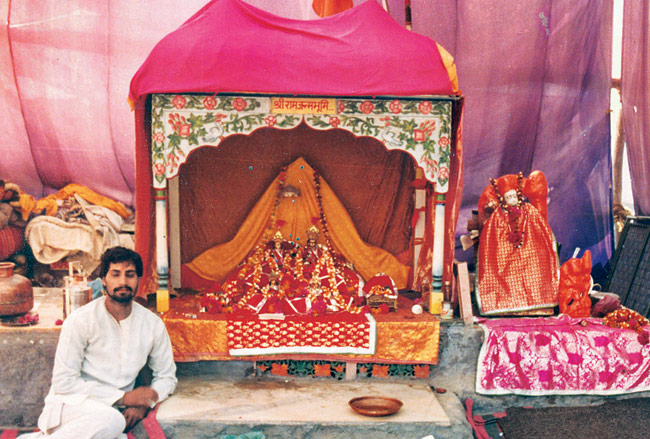On May 17, 1989 Atal Behari Vajpayee, then leader of the Opposition said: “It was not possible to pinpoint the exact place where Ram was born thousands of years ago. The temple was built and rebuilt over the ages and had existed since Emperor Vikramaditya’s time (The Hindustan Times, May 18, 1989). Yet on September 23, 1990 he had no hesitation asserting that there is only one birthplace of Shri Ram (The Hindustan Times, September 24, 1990). The same year none less than Advani admitted in Bombay: “No one can prove that it was the birthplace of Shri Ram”. But he contended that it was a matter of belief which the government could not afford to ignore. (The Independent, October 1, 1990).
Prof. Sharma told The Times of India on April 7, 1990: “There is no proof at all of Babar going to Ayodhya.. It is an irony that a lover of Hindu art and architecture should be credited with the destruction of a temple which in any case did not exist. It is, therefore, very clear that the Babri mosque was not built by demolishing a temple of Ram at Ayodhya “. Dr. Sushil Srivastava of the Allahabad University expressed the same view (Probe India, January 1988). From Ayodhya, Sanjay Suri wrote in The Indian Express, February 11, 1987: “The disputed place is not believed even by pandits (priests) to be the birth-spot of the legendary god Ram. The pandits, who have not timed the ‘birth’ within thousands of years, have pinpointed the ‘Janam Sthan’ (place of birth) as Ram Chabutra. This Chabutra marked by a platform under a tree is outside the disputed area. The ‘Janam Sthan’ is not claimed by Muslims.”


